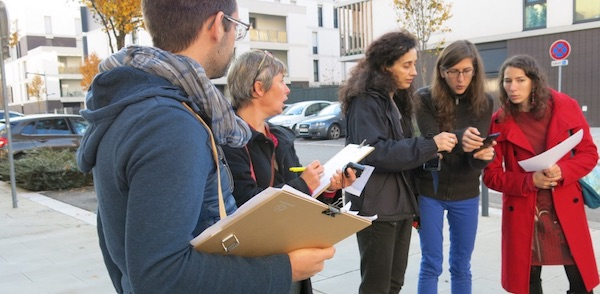The Youth Barometer, commissioned by the Department of Youth, Popular Education and Associative Life (DJEPVA) and conducted among 4,500 young people in metropolitan and overseas France between the ages of 18 and 30, seeks to capture, each year, the state of mind of young people, their satisfaction with their current life and their view of their future prospects.
In 2018, according to the third edition of this Barometer, " two-thirds of 18-30 year-olds say they are confident about the future, a proportion that has increased since 2016." (In 2016, the survey was conducted a few weeks after the November 13, 2015 attacks).
In addition to the themes of residential pathways, access to social and health care rights, mobility and international experience, the Barometer also looks at young people's civic engagement: membership in associations, volunteer involvement, obstacles and levers to volunteer involvement, different forms of participation in public life during the twelve months preceding the survey, electoral participation).
https://datawrapper.dwcdn.net/WNb8v/1/
- While voting is the most common form of engagement among young people (66% of them having voted at least once in an election), it is far from being the only form of youth engagement in public and political life.
- In 2018, 43% of young people signed a petition or advocated for a cause on the internet, a blog, a social network and 37% volunteered their time.
- More marginally, 15% of young people have participated in a demonstration, strike or occupation of premises, 11% have participated in a public consultation and 8% have joined or renewed their membership in a political party. In addition, 20% of young people indicate that they participate in public life in a form other than one of those proposed in the barometer.
Signing a petition or defending a cause on the Internet, the first form of commitment among young people after voting
Digital forms of participation in public life have been steadily increasing since 2016, when it was only one-third of the youth surveyed.https://datawrapper.dwcdn.net/NjJ6c/3/
- They are more prevalent among young women (48%) than among young men (38%).
- They are the same among 25-30 year olds, and among 18-24 year olds (43%).
- Young people with few diplomas, with less than a bachelor's degree, take up this form of participation less (39%) than their more educated counterparts (46%). So do young people who are unemployed.
- Students remain the most invested in this practice, which is also on the rise among them: 47% reported using it in 2018 compared to 43% in 2017. Students are also more likely than the rest of the youth population to participate in a public consultation.
The degree of commitment of young people increases with their degree, their level of professional integration and their background
The authors of the Barometer calculated an engagement score to identify the most engaged youth (from none to eight forms of engagement.- Nearly half of the youth (47%) are selective in their participation, limited to one (27%) or two (20%) forms of engagement.
- Other youth have more varied forms of engagement, ranging from three forms of engagement for 16% to four forms of engagement for 11%.
- 13% of youth are engaged on almost all fronts with between 5 and 8 forms of engagement.
- Only 13% of young people are out of the public eye, not participating in any way in public life.
Référence :





